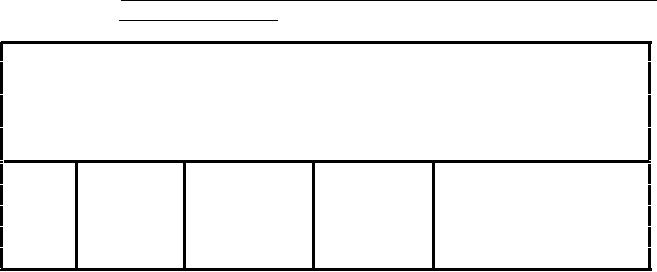 |
|||
|
Page Title:
Table 52. Format and example of content for entity node (END) primitive table |
|
||
| ||||||||||
|
|  MIL-D-89009
a. Entity node primitives. The DCW entity nodes represent
such items as wells, survey markers, and towers or area
features that cannot be resolved at the collection
scale. Entity nodes may be free floating or may occur
on edges or at edge intersections. Entity nodes that
occur at edge intersections contain at least one
attribute and are not topologically linked to the edges.
The coordinates for entity nodes are stored in entity
node primitive tables. Faces that are present in the
same coverage as entity nodes are topologically linked.
b. Entity node primitive table. The entity node primitive
table is composed of the five required VPF columns: the
row identifier (which is a primary key), containing face
(which is a foreign key to a face table, when faces are
present in the coverage), first edge, and a column
containing the x,y coordinate values of the entity node.
The format and an example of the content for an entity
node primitive table are shown in TABLE 52.
TABLE 52.
Format and example of content for entity node (END)
primitive table.
{Header length};\
Entity Node Primitives;-;\
ID=I,
1,P,Row Identifier,-,-,:\
*.PFT_ID=I,
1,F,Foreign Key to Point Feature Table,-,-,:\
CONTAINING_FACE=I, 1,F,Foreign Key to Face Table,-,-,:\
FIRST_EDGE=X,
1,N,Foreign Key to Edge Table (null),-,-,:\
COORDINATE=C,
1,N,Coordinates of Node,-,-,:;
1
1
0
X
-7.893952,43.774712
2
2
3
X
-7.893897,43.773613
3
3
0
X
-7.843663,43.768391
:
:
:
:
:
n
n
n
X
x.xxxxxx,y.yyyyyy
NOTE: The "*" preceding the ".PFT_ID" is replaced with the appropriate
feature class name.
c. Edge primitives. In the DCW, edges represent linear
features such as streams or roads. Edges also define
the borders of faces, which represent areal features
such as countries. Edges are topologically linked to
the nodes at the end of each edge, and to the faces on
each side of an edge when faces are present in the same
coverage (level 3 topology). Edges are also
topologically linked across tile boundaries (see
48
|
|
Privacy Statement - Press Release - Copyright Information. - Contact Us |